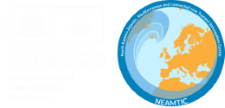Neamtic Home Slider
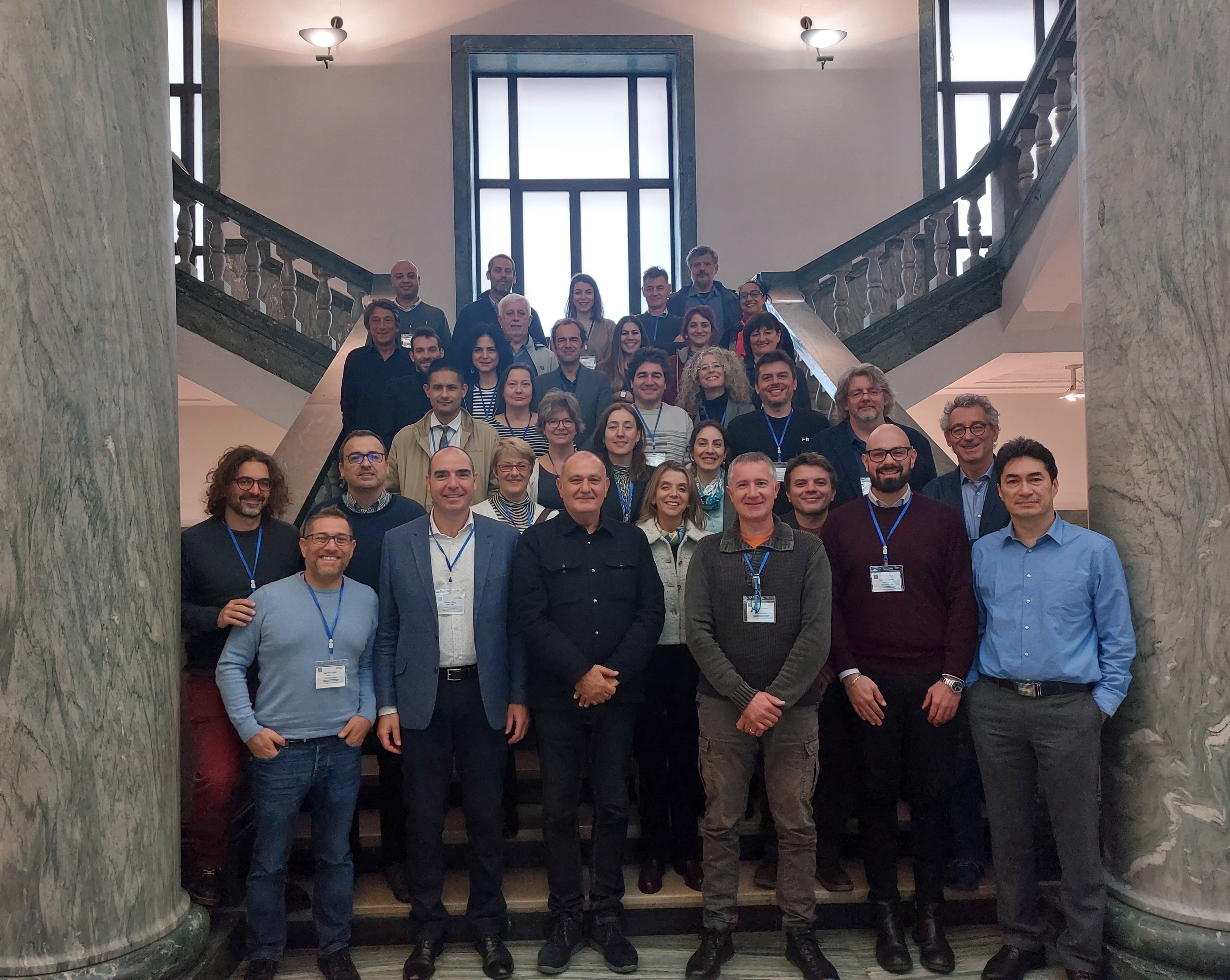
ICG/NEAMTWS Expert Meeting Group Picture, 28-30 November 2022, Naples, Italy.
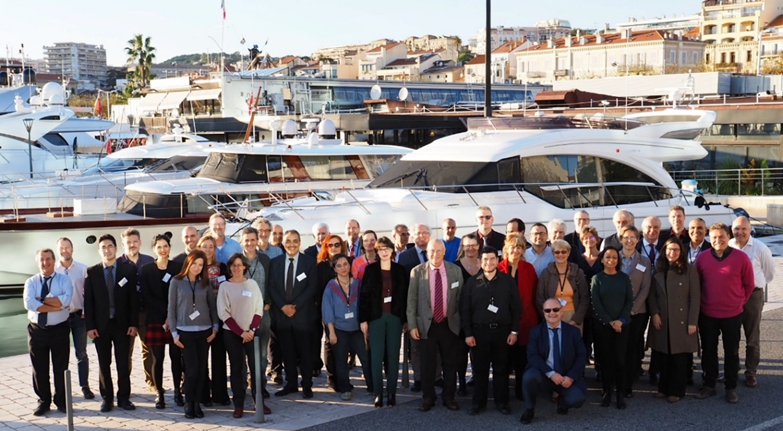
ICG/NEAMTWS XVI Session, 2-4 December 2019, Cannes, France.
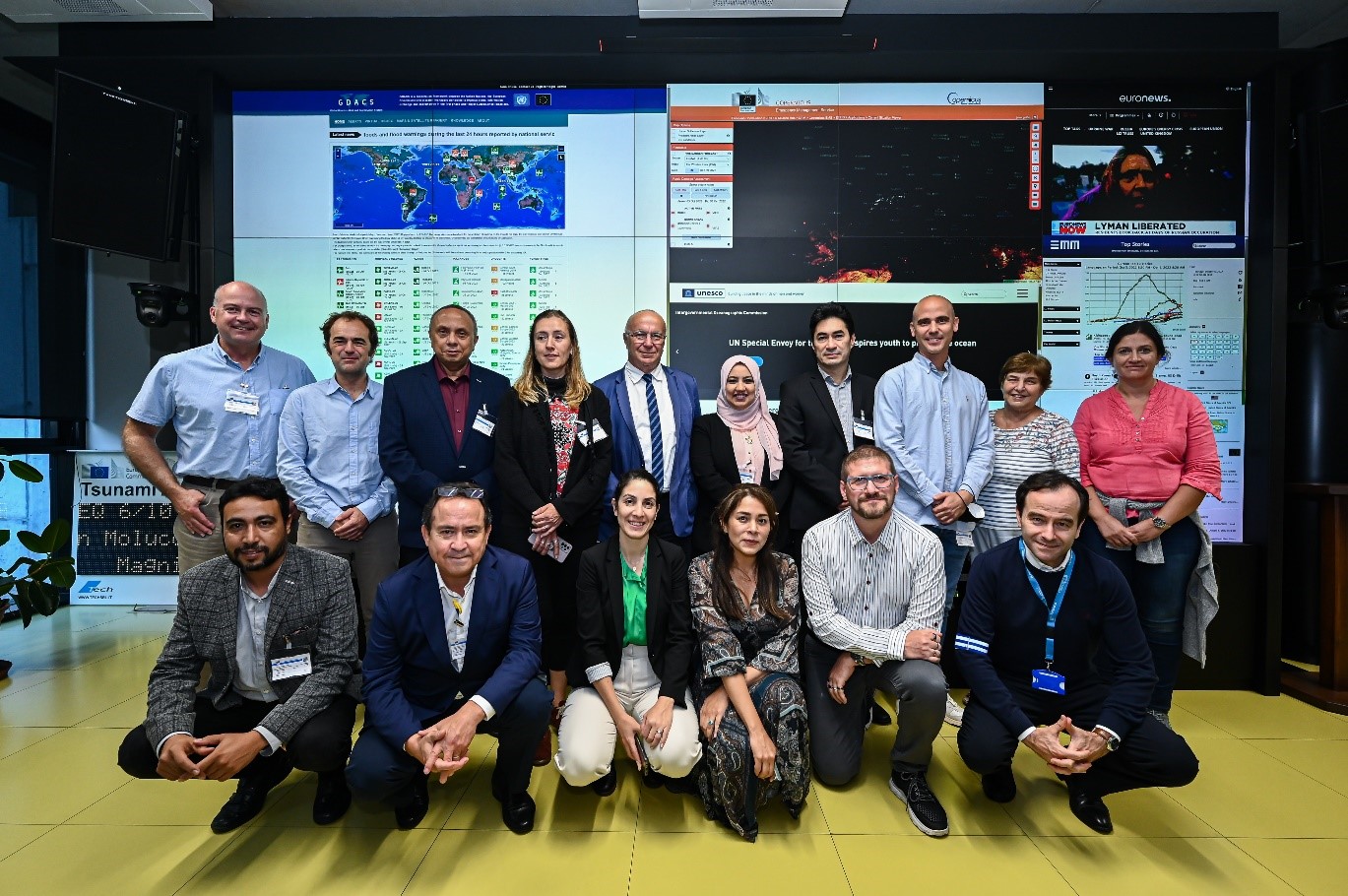
CoastWAVE project workshop on Standard Operating Procedures (SOPs) in the North-eastern Atlantic, Mediterranean and the connected seas (NEAM) region. Credit: Piero Cruciaiti.
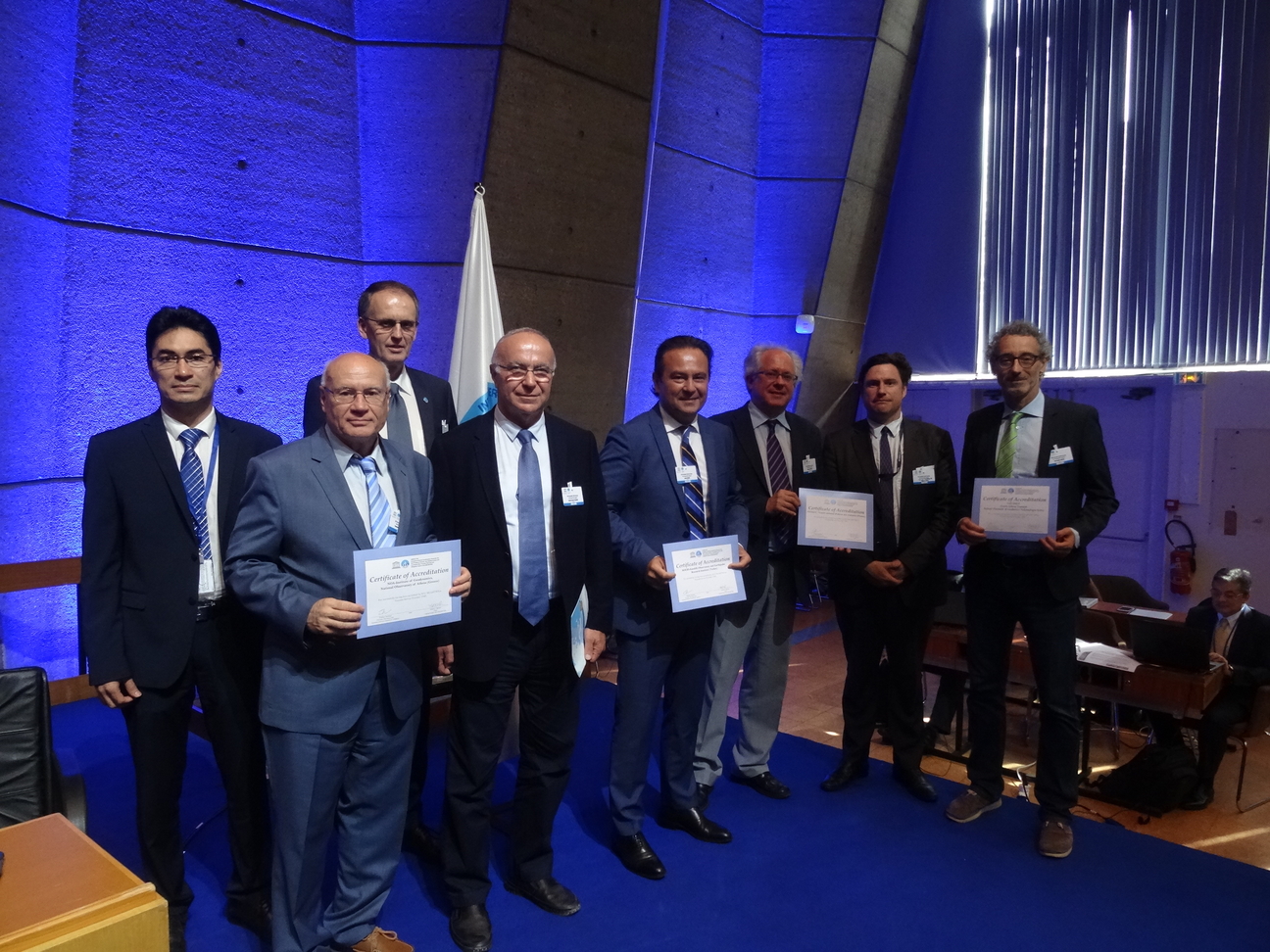
Four Tsunami Service Providers received Certificate of Accreditation at the 29th Session of the Intergovernmental Oceanographic Commission (IOC) Assembly, 27 June 2017
Recent News
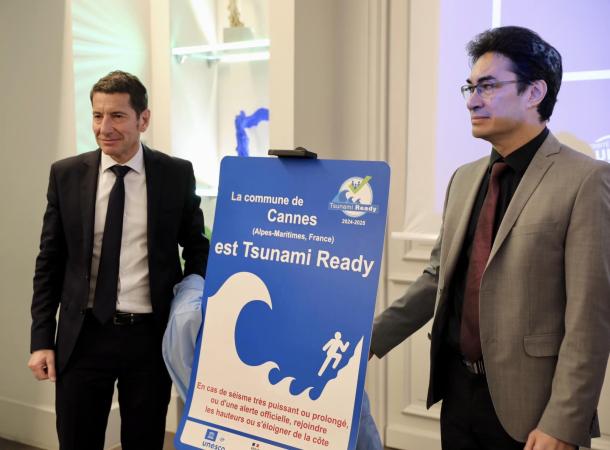 Cannes Municipality Achieves Historic Recognition as UNESCO-IOC Tsunami Ready Community
Cannes Municipality Achieves Historic Recognition as UNESCO-IOC Tsunami Ready Community  Strengthening Coastal Resilience: UNESCO-IOC Initiative Gathers Momentum
Strengthening Coastal Resilience: UNESCO-IOC Initiative Gathers Momentum Upcoming Events
Organized and hosted by: IOC-UNESCO Tsunami Resilience Section and National Institute of Oceanography and Fisheries, (NIOF)
Date and time: May 27-29, 2024, 9am – 6pm (local time-Egypt)
Location: Alexandria, Egypt
Other events of IOC Tsunami unit can be found at IOC Tsunami Calendar.
Tsunami Information
Earthquakes Update
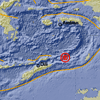
Through the following website, you can find updated earthquake information :
Centro Nazionale Terremoti, Istituto Nazionale di Geofisica e Vulcanologia
NEAMTIC Resources
Awareness and Education
Publications

This website was developed with the support of the European Commission Directorate General for Humanitarian Aid and Civil Protection.
Developed by Mediatools
The translations provided are automated by Google Translate and therefore may not be accurate. NEAMTIC will not be responsible for the discrepancies of the translated version of the website.
